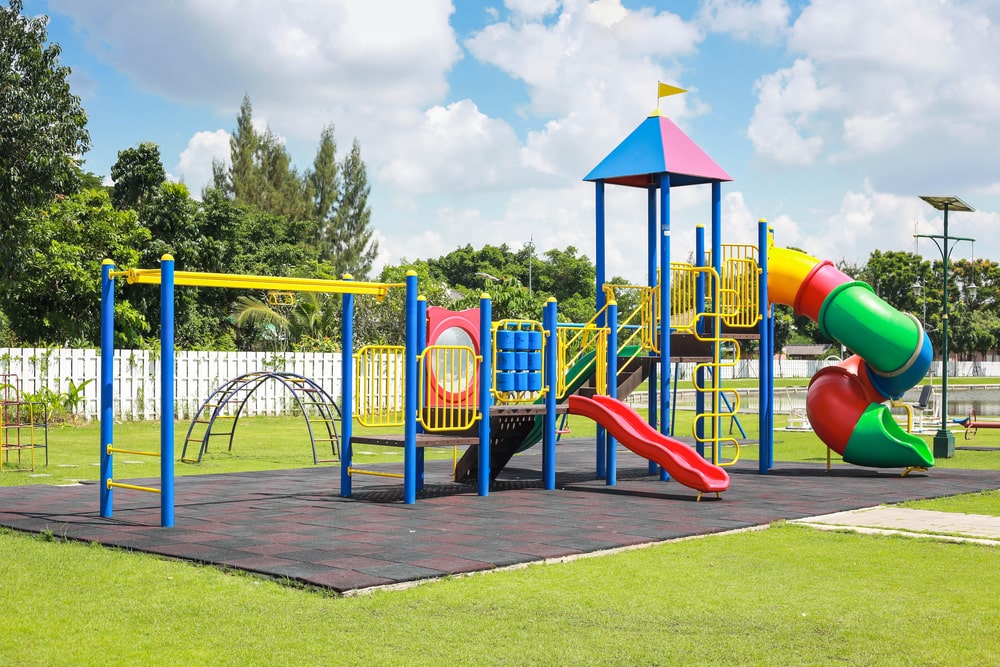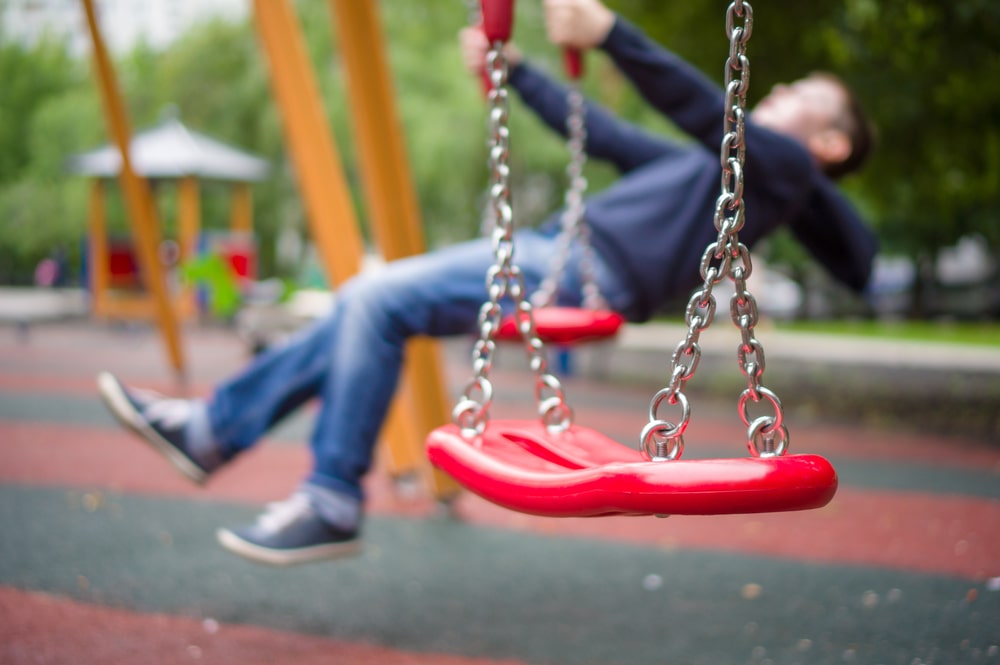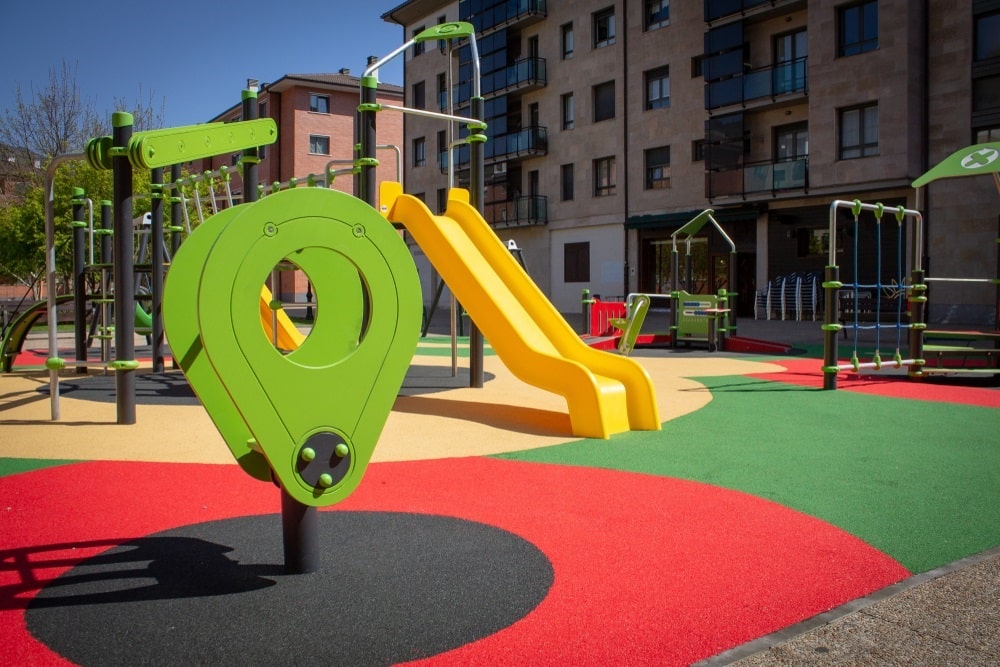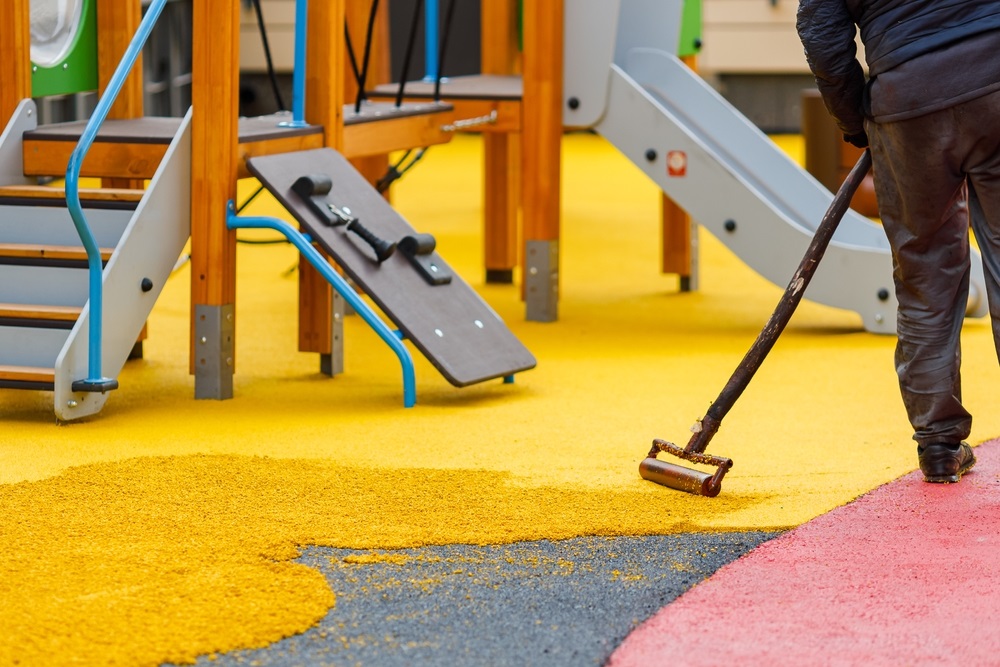
Commercial Playground Surfacing for Safe Play
A commercial playground is a wonderland for children, where they make lasting memories of camaraderie, joyfulness, and laughter. While playground […]
April 09,2024

A Buyer’s Guide To Outdoor Play Area Flooring
When it comes to creating a safe and enjoyable outdoor play area for children, the choice of flooring is a […]
March 23,2024

7 Reasons to Let Your Kids Be Barefoot
Going barefoot is not only a valuable childhood memory, but it is also a potentially health-changing behavior that we should all share with our children.
March 23,2024

Playground Resurfacing: Important Safety Factor to Reduce Injuries
The playground is the place where countless childhood adventures are happening; however, there are certain dangers associated with them related […]
February 16,2024

What Is Playground Surfacing and Why Is It Important?
Do you know what is playground surfacing? It is much more than the ground that lies beneath your feet—it forms […]
February 16,2024

